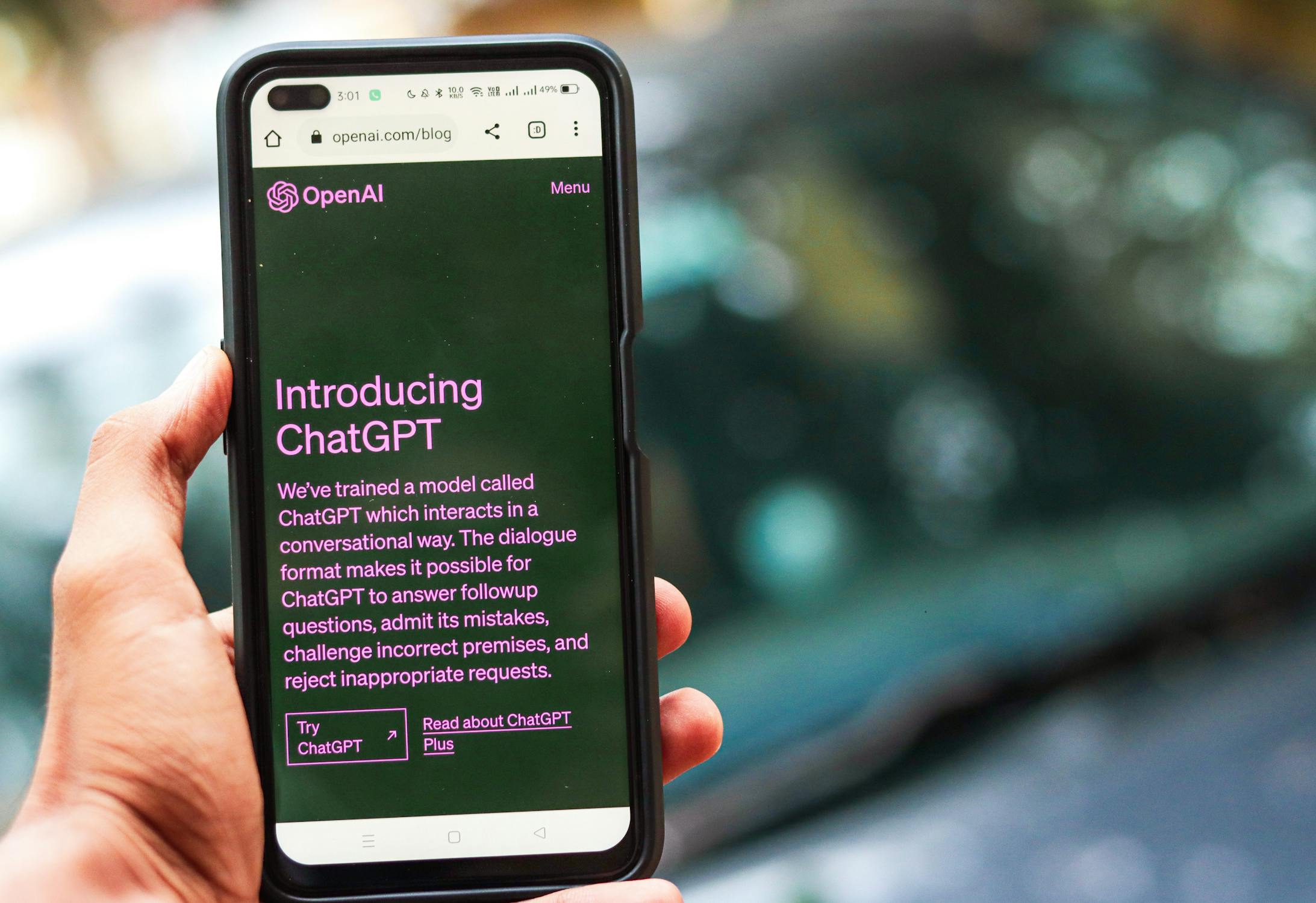
Openai presented a new function for Catgpt. According to IZ with reference to Science Alert, its task is to automatically collect information from open sources, analyze it and create detailed analytical reports. This seems to be a revolutionary breakthrough in the field of knowledge, as such AI can perform the work of analysts, scientists and journalists at times faster. However, despite all the promises of developers, this technology has critical weaknesses that can lead to serious errors in conclusions.
The system works according to the scheme: the user enters the request, AI specifies the details, searches for information in open sources, structures the data obtained and creates a final report. It is important to understand that AI does not conduct its own research, but only transfers existing information. This means that if outdated or unverified information is available, it can be included in the analysis. In addition, algorithms are not able to evaluate the scientific accuracy of the materials found and determine which information is really important.
The previous tests of the new AI researcher have already found its weaknesses. First, it can skip important details or interpret the context. Secondly, it can rely on untested sources, which is especially dangerous in the field of law, medicine or finance. Third, AI can simply invent information that makes it unreliable to make serious decisions. It turned out that even the most modern algorithm cannot compete with human critical thought. It is important to understand that such technologies are not a complete replacement of the human mind, but only auxiliary tool. They can significantly accelerate the data collection, but are not able to analyze or make original ideas. Human analytical abilities, critical thinking and flexibility in decision -making remain indispensable. Therefore, even using AI research, the final decision and check of the data obtained still remain with a person. >

